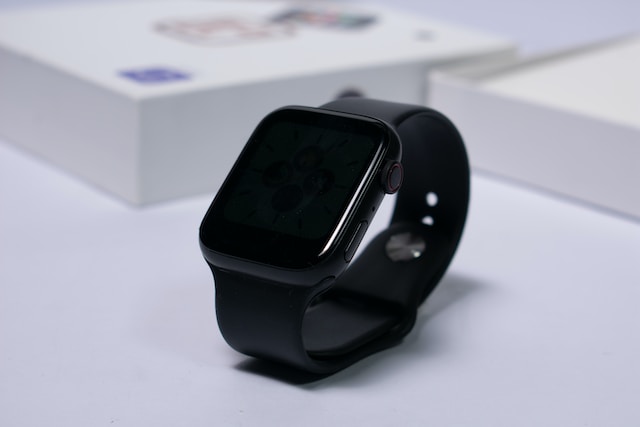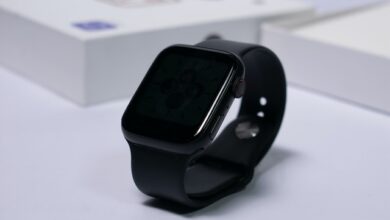The Impact of Health Tech Gadgets: A Comprehensive Exploration of Wearable Wellness

In recent years, the world has witnessed a technological revolution that has profoundly influenced various aspects of our lives, including healthcare. One of the most significant innovations in this domain is the advent of wearable wellness devices. These devices, ranging from smartwatches and fitness trackers to advanced health monitoring gadgets, have become integral tools in the pursuit of better health and wellness. In this article, we will delve into the fascinating world of wearable wellness, exploring their impact on our health and the broader implications for healthcare and society.
The Rise of Wearable Wellness Devices
Wearable wellness devices have evolved from simple pedometers to sophisticated pieces of technology capable of monitoring an array of health metrics. This evolution can be attributed to several factors, including advancements in sensor technology, miniaturization of components, increased computational power, and growing consumer demand for health-related data.
The market for wearable wellness gadgets has grown exponentially, with numerous companies developing products that cater to different aspects of health and wellness. Some of the most popular types of wearable wellness devices include fitness trackers, smartwatches, heart rate monitors, sleep trackers, and even smart clothing embedded with sensors.
Impact on Personal Health
- Fitness and Activity Tracking: Fitness trackers and smartwatches are widely used to monitor physical activity. They can count steps, track distance, and estimate calorie expenditure, motivating users to stay active.
- Heart Rate and Blood Pressure Monitoring: Many wearables can continuously monitor heart rate and, in some cases, blood pressure. This data can help users detect irregularities and make informed decisions about their cardiovascular health.
- Sleep Monitoring: Wearables equipped with sleep tracking features provide insights into the quality and duration of sleep, helping users establish better sleep patterns.
- Stress Management: Some wearables offer stress tracking and relaxation exercises, aiding individuals in managing stress and promoting mental well-being.
- Chronic Disease Management: Certain health tech gadgets are designed to assist individuals with chronic conditions like diabetes by monitoring blood glucose levels and sending alerts or recommendations.
- Health and Wellness Insights: The data collected by wearables empowers users to make informed decisions about their lifestyle, diet, and exercise routines, contributing to a holistic approach to wellness.
Potential for Preventive Healthcare
Wearable wellness devices have the potential to shift healthcare from a reactive model to a more proactive and preventive approach. Wearables can help detect issues at their earliest stages by continuously monitoring various health parameters. This early detection can lead to timely interventions, reducing the burden on healthcare systems and improving individual outcomes.
Moreover, wearables enable individuals to take more control over their health. They provide a wealth of information that can be shared with healthcare professionals, facilitating more personalized and data-driven healthcare plans.
Challenges and Concerns
While wearable wellness devices offer immense promise, there are challenges and concerns that need to be addressed:
- Data Privacy: The vast amount of health data collected by wearables raises concerns about data privacy and security. Users need assurances that their sensitive information will be protected.
- Accuracy and Reliability: The accuracy of some wearables, particularly for medical-grade measurements, is still a subject of debate. Ensuring the reliability of these devices is crucial for their acceptance in healthcare.
- Health Disparities: Not everyone has access to wearable wellness devices, potentially exacerbating health disparities. Addressing this issue requires a focus on affordability and accessibility.
- Overreliance on Technology: There is a risk that individuals may become overly reliant on technology, neglecting other aspects of their health and well-being.
Conclusion
Wearable wellness devices represent a significant step forward in the integration of technology and healthcare. They empower individuals to take charge of their health, offer opportunities for early intervention, and have the potential to reduce healthcare costs.
However, as this technology continues to evolve, it is crucial to address privacy concerns, improve accuracy, and ensure equitable access to reap the full benefits of wearable wellness in healthcare. The future holds promise for even more advanced and integrated health tech gadgets that will further revolutionize the way we monitor and manage our well-being. As we move forward, the key will be to strike a balance between embracing innovation and safeguarding our health and privacy.




